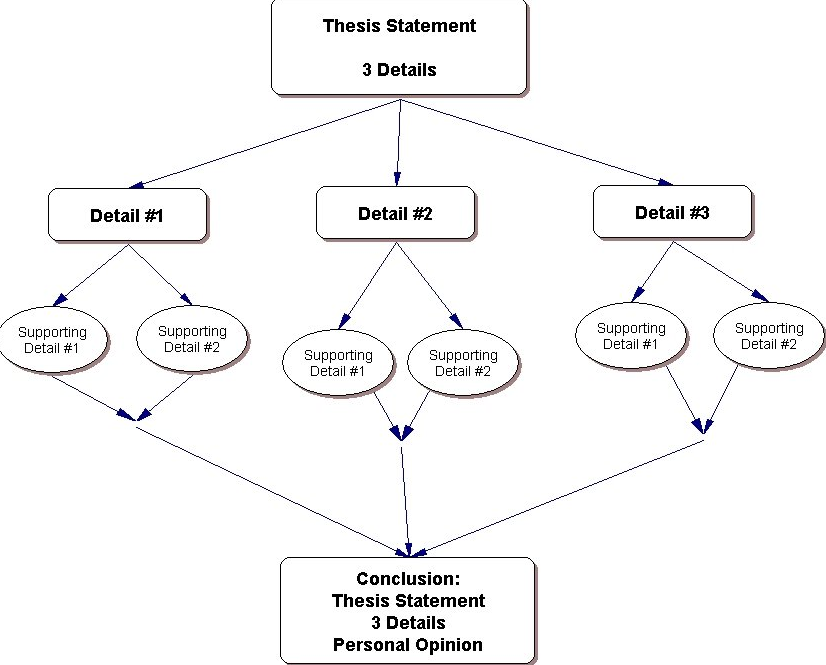▮ 時間稼ぎ「埋め」に役立つフレーズ
IELTSスピーキングでは試験管は、受験者が、頭に浮かんだアイディアを関連づけて整理しながら明快に表現し、スムーズに話を進めているかを判定します。 間が空いたり言いよどんだりしたとき、「アイディアを探しているのか、それとも、単語や構文がでてこないのか」を試験管は見ています。

「埋め」言葉や台詞は、考えたり、答えを準備する時間を確保するために使います。
例えば、少し自信がないときや考えがまとまらないときは、” Erm” や ”Hmm” を挟みます。 埋めフレーズとしては、”Well, I don’t really know but I think … ” や ” Let me see… ” が使えます。
また、質問のキーワードの反復も、会話ではごく自然なことです。 キーワードを反復している間に、話す内容について考えることができます。 加えて良いことに、試験官が何気なく反応してくれることです。 「イエス」と相槌をうったり、うなづくだけかもしれませんが、試験官の反応を見ることができます。 ただし、質問全部を反復しては絶対にいけません。
IELTSスピーキングセクションでは、試験官は受験者のスピーキング能力を最大限引き出そうとします。決して意地悪な質問や難解な質問で受験者を困らせることはありません。しかしながら、試験官は質問内容に関連したsub-Topicsをいくつも用意していますので、あまり多くの追加質問を受けないように、自分のペースで話ができるようにします。
それには、質問に対し、なるべく長く具体例を挙げながら、質問に答えるようにしてください。 決して、Yes… のような答はしないでください。 試験官はこのような答えを期待していません。
それでは具体的に間をつなぐ「埋めフレーズ」をいくつか覚えておきましょう。
Well, in my honest opinion
Well, to be honest
Well, frankly
I have to say that
I’m of the opinion that
..it’s my opinion that
..the vast majority of information on the web
..some of the information found on the web
..a very small percentage of information taken from the web
..is completely reliable
..is particularly unreliable
..lacks any reliability
For example, just look at
Take ___ as an example,
___ is a case in point,
「埋めフレーズ」を使うことで、評価基準「話しぶりの流暢さ」「語彙の豊富さ」を試験管にアピールすることができます。
埋めフレーズの後、豊富な語彙力と表現力を使い筋道立てた会話ができれば、あなたのスピーキング スコアアップは間違いありません。
ーーーーーーーーーーーーーーーーーーーーーーーーーーーーーーーーーーーーーーーーーー
IELTS Speaking part is designed to stretch you as far as possible to see just how good you really are. The examiner has a couple of related sub-topics and question ideas but adapts the questions to you. Try to give longer answers and explain what you mean with examples. Listen to the type of question you are asked and answer it appropriately, don’t always say “yes…” because it probably won’t be a Yes/No question in this part. Here are some useful phrases that would help you in answering.
Well, in my honest opinion
Well, to be honest
Well, frankly
I have to say that
I’m of the opinion that
..it’s my opinion that
..the vast majority of information on the web
..some of the information found on the web
..a very small percentage of information taken from the web
..is completely reliable
..is particularly unreliable
..lacks any reliability
For example, just look at
Take ___ as an example,
___ is a case in point,
Speak fluently and give long, complex and very detailed responses without any loss of coherence, repetition or language searches. Use a wide range of discourse markers naturally and precisely. Your range of vocabulary allow you a high degree of precision and flexibility with plenty of examples of stylistically appropriate language. Use a wide range of complex structures and features, such as intonation and contrastive stress, to convey meaning.
Question:
How are EILTS Speaking Test scores reported?
a. Scores are reported in half bands.
b. Scores are reported in whole bands.
c. Scores are reported in whole and half bands.













